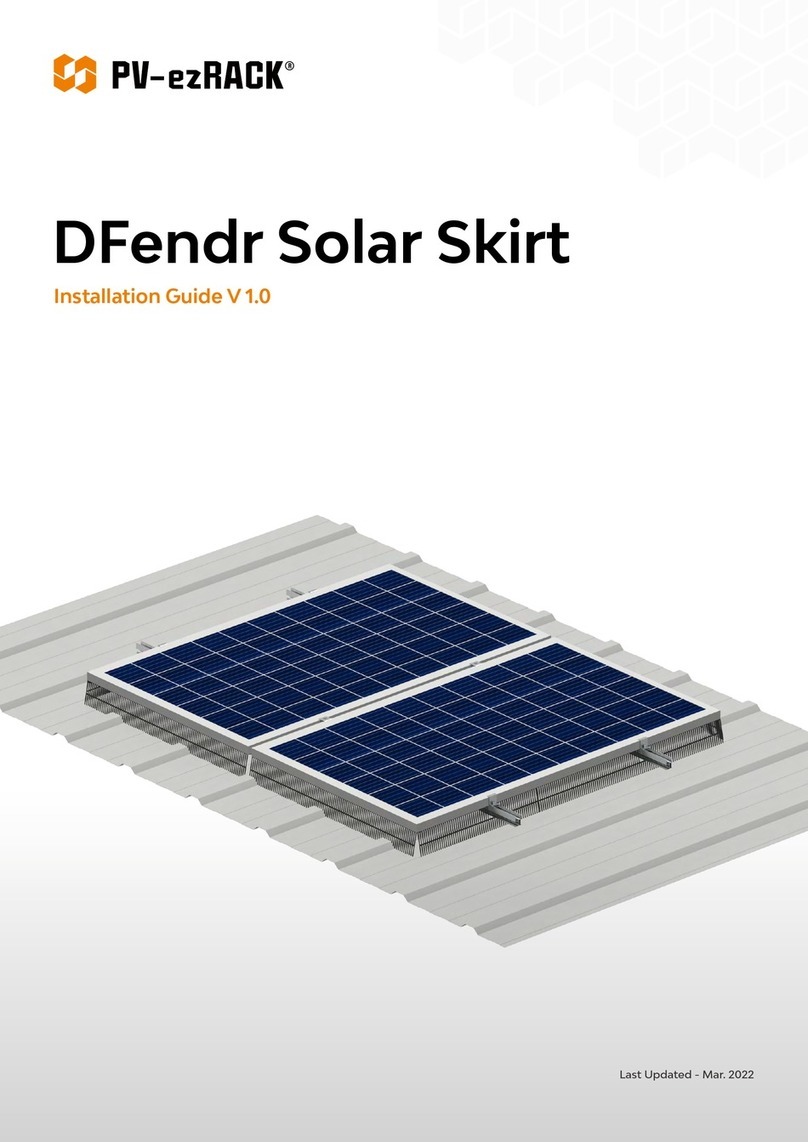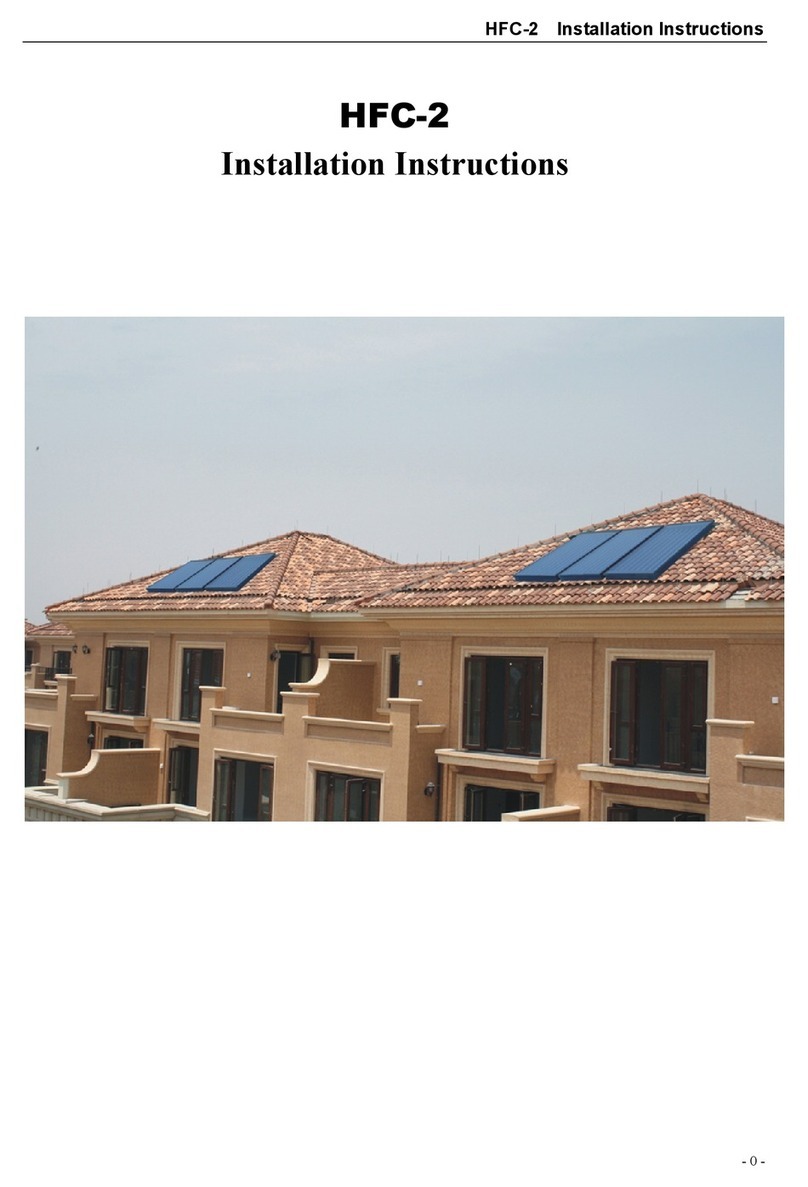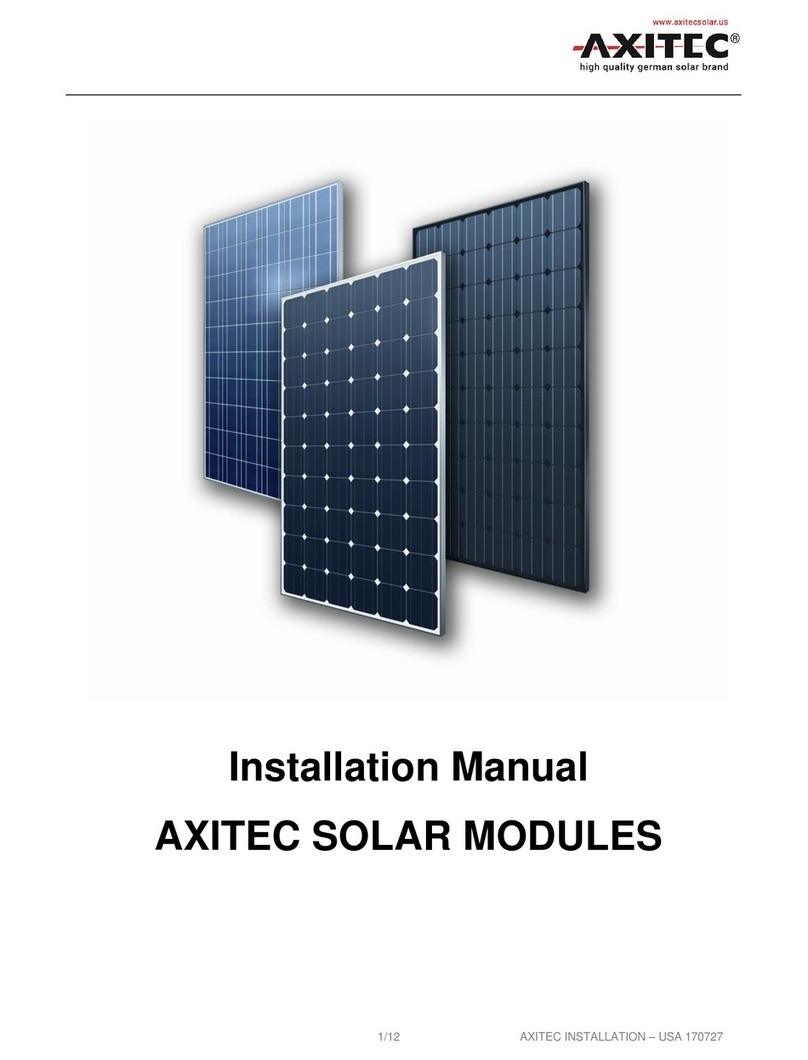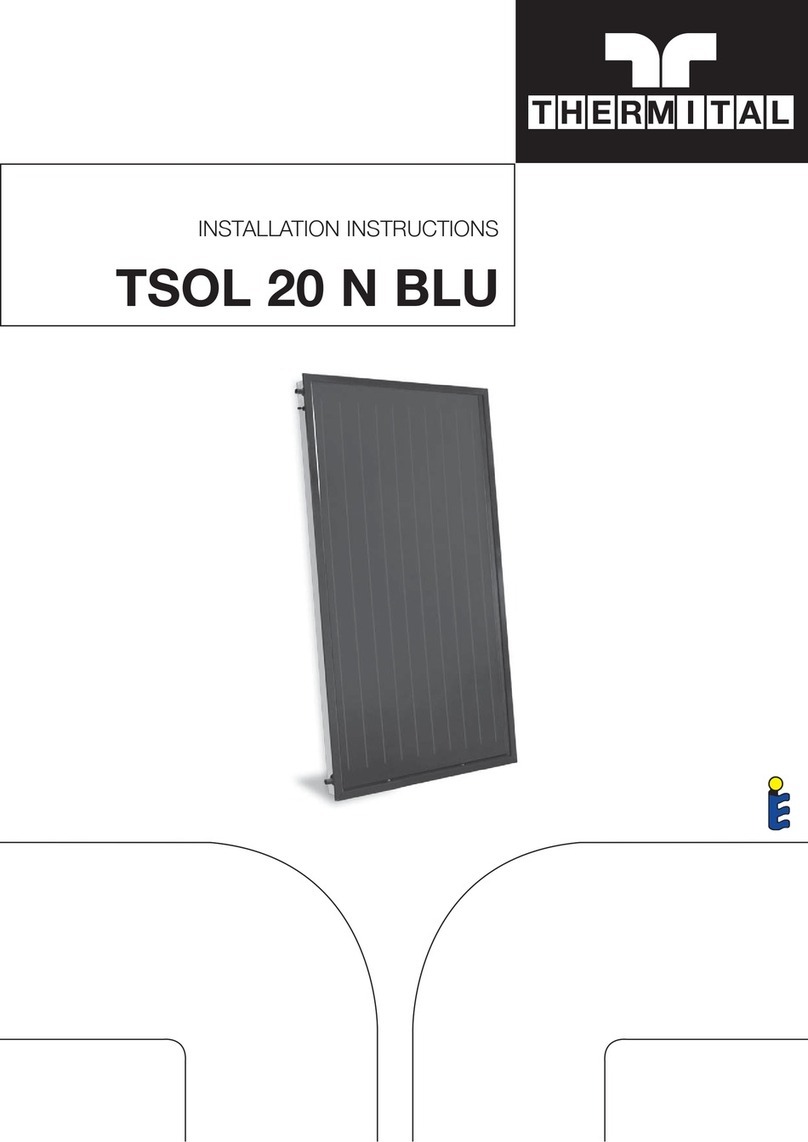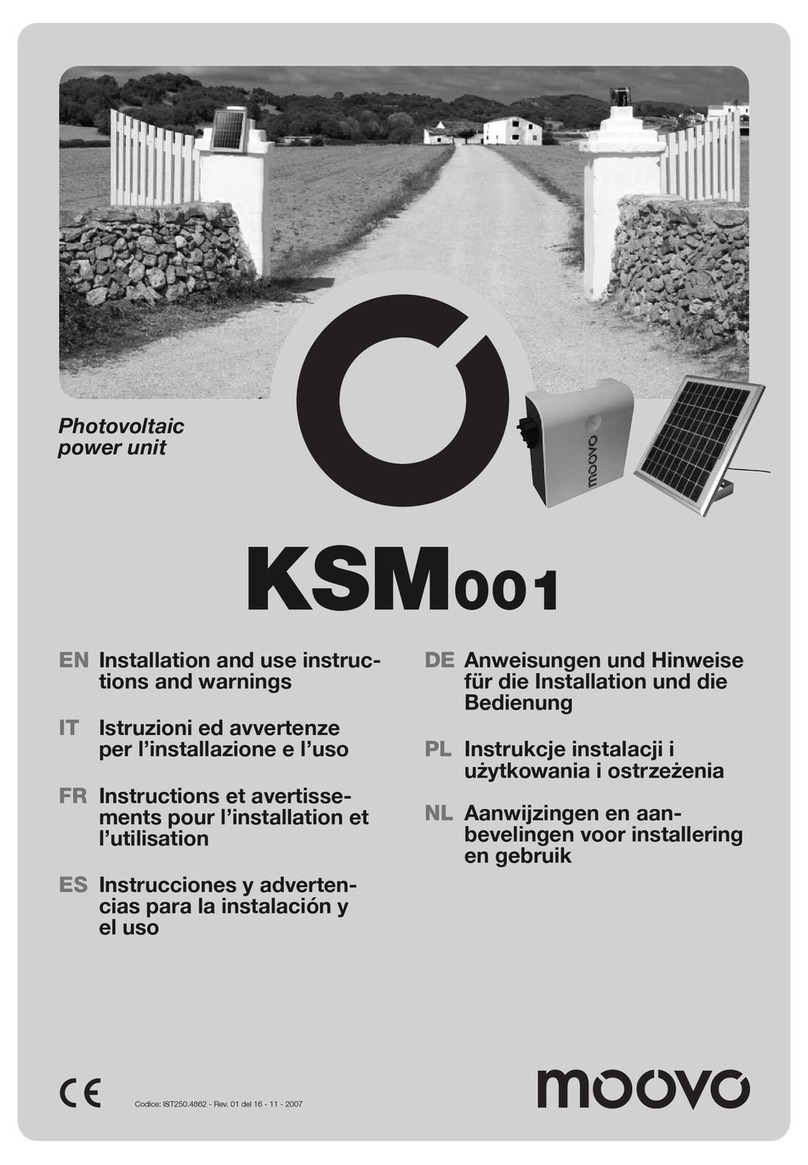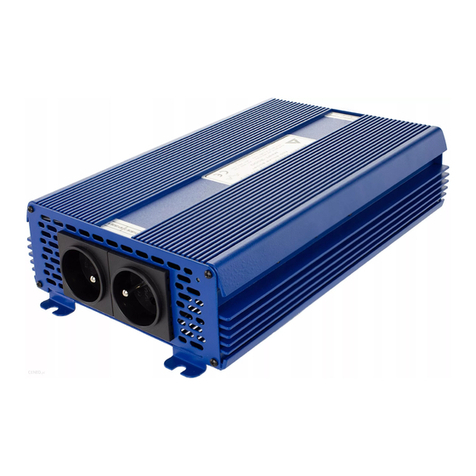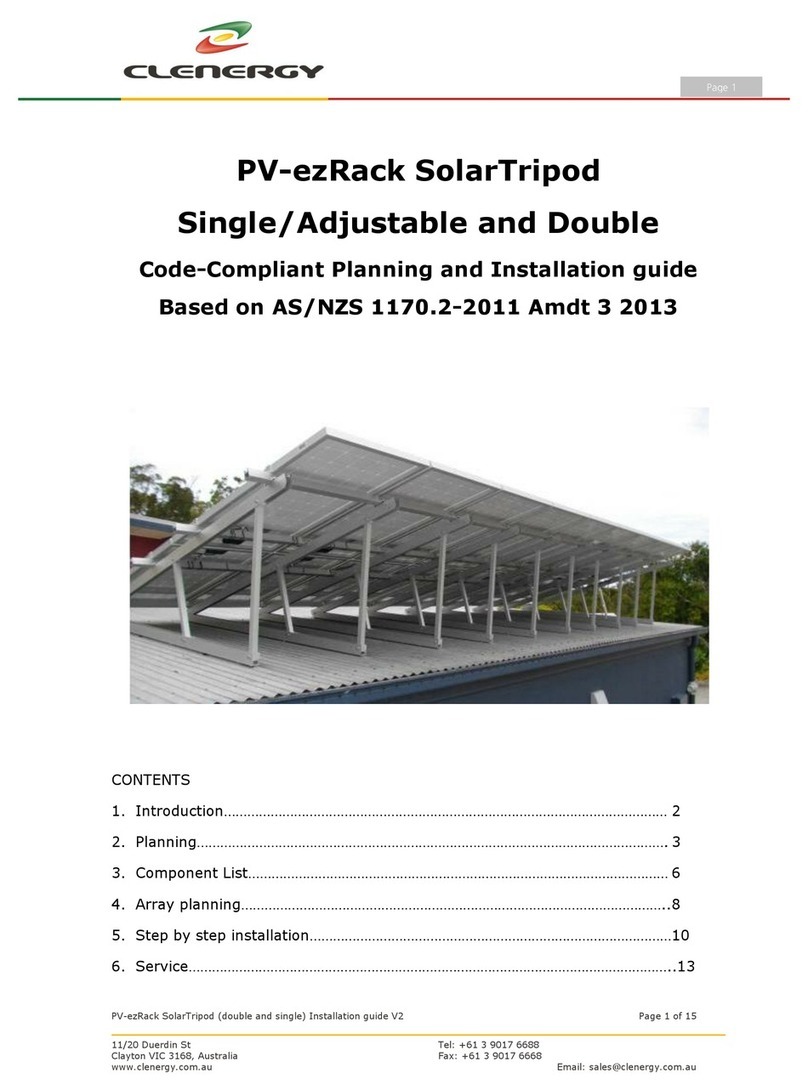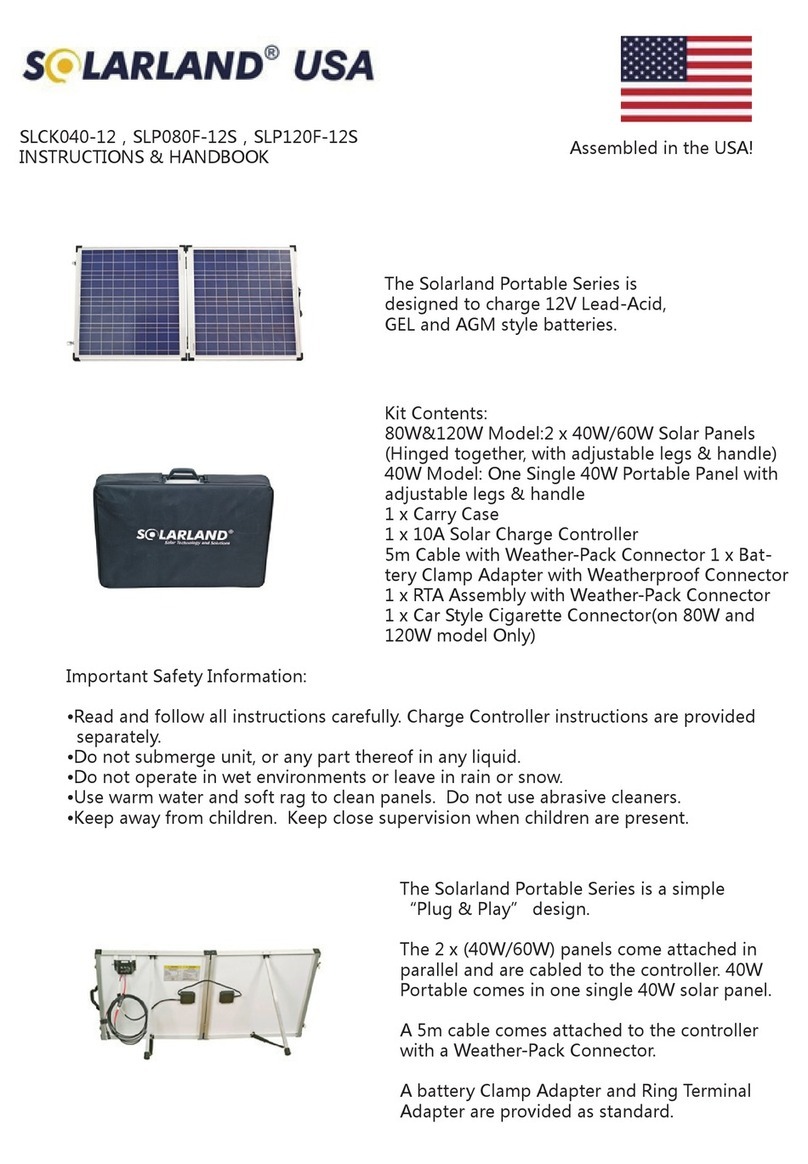Jinko Solar JKM550M-72HL4-V User manual
Other Jinko Solar Solar Panel manuals

Jinko Solar
Jinko Solar JKM-160M-72 User manual

Jinko Solar
Jinko Solar JKM PP-60 Series User manual
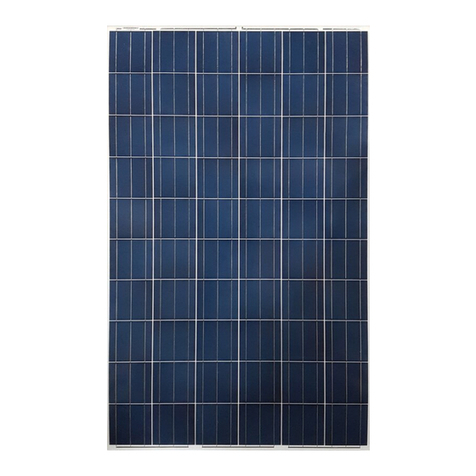
Jinko Solar
Jinko Solar JKM P-60 Series User manual
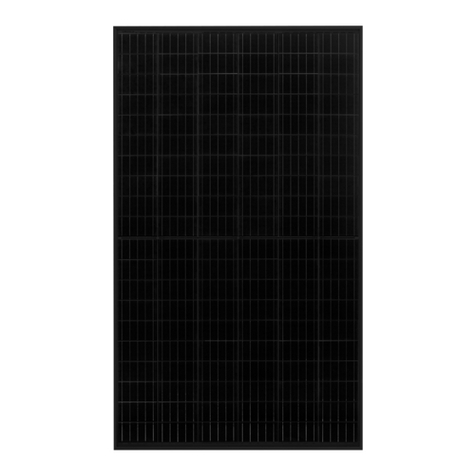
Jinko Solar
Jinko Solar JKMxxxP-72 Series User manual
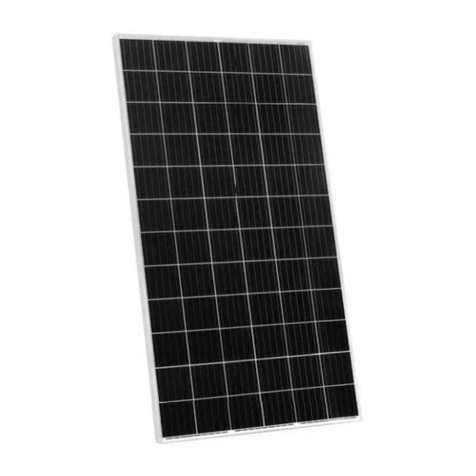
Jinko Solar
Jinko Solar JKM350PP-72-DV User manual
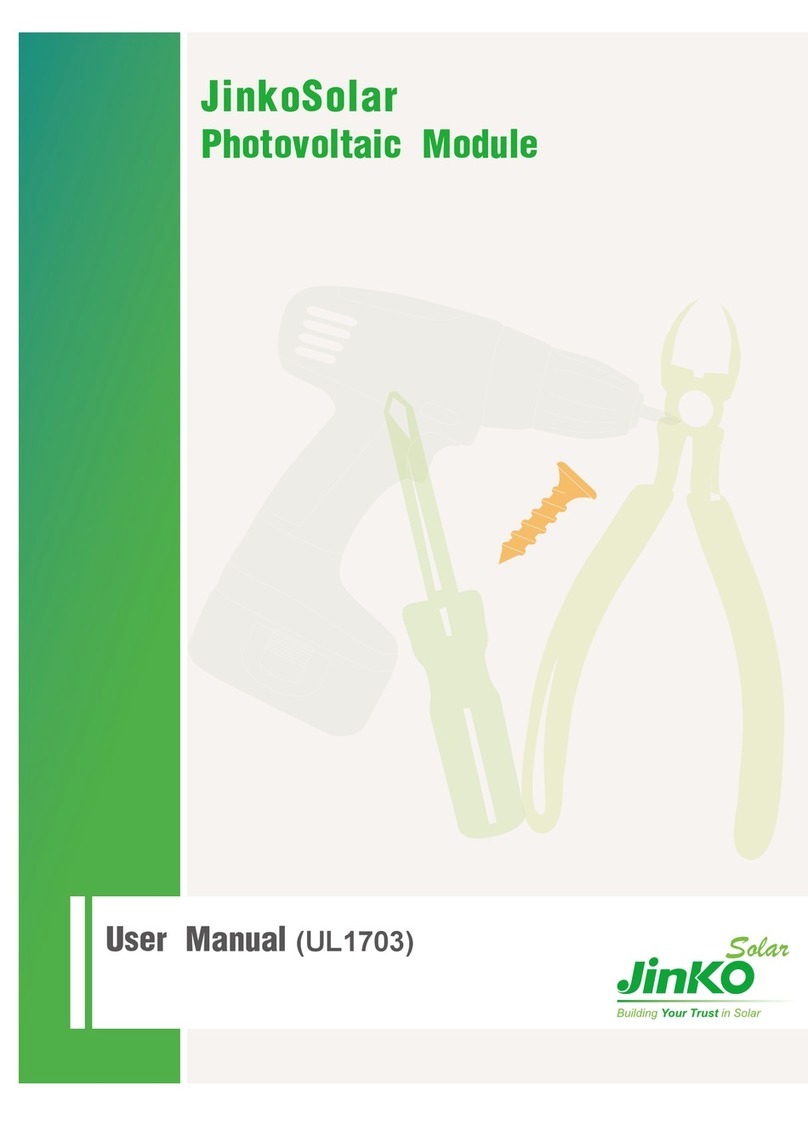
Jinko Solar
Jinko Solar JKM***P-60 User manual
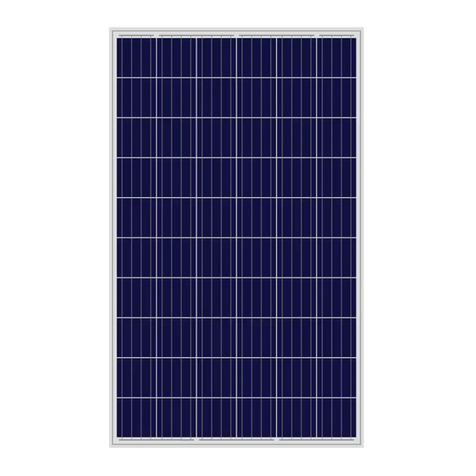
Jinko Solar
Jinko Solar JKM***P-60 User manual

Jinko Solar
Jinko Solar MM400-54HLD-MBV User manual
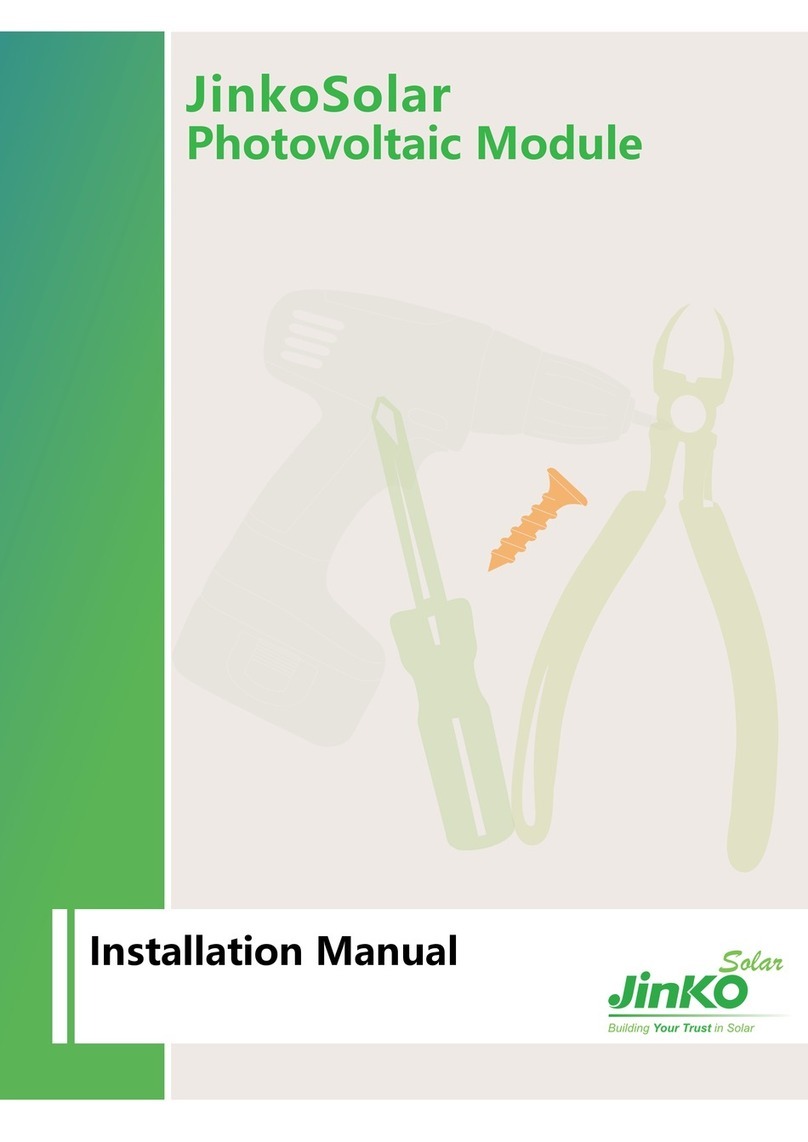
Jinko Solar
Jinko Solar JKM470N-60HL4 User manual
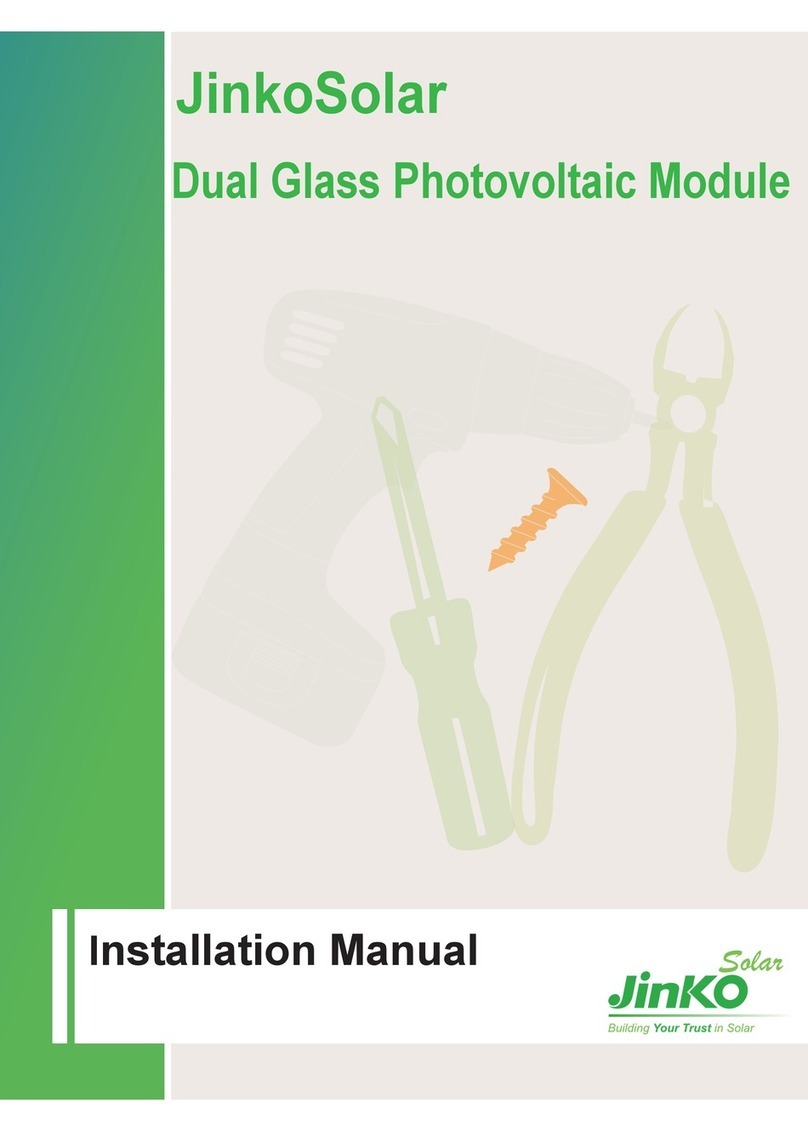
Jinko Solar
Jinko Solar JKM M-72HL4-BDVP Series User manual
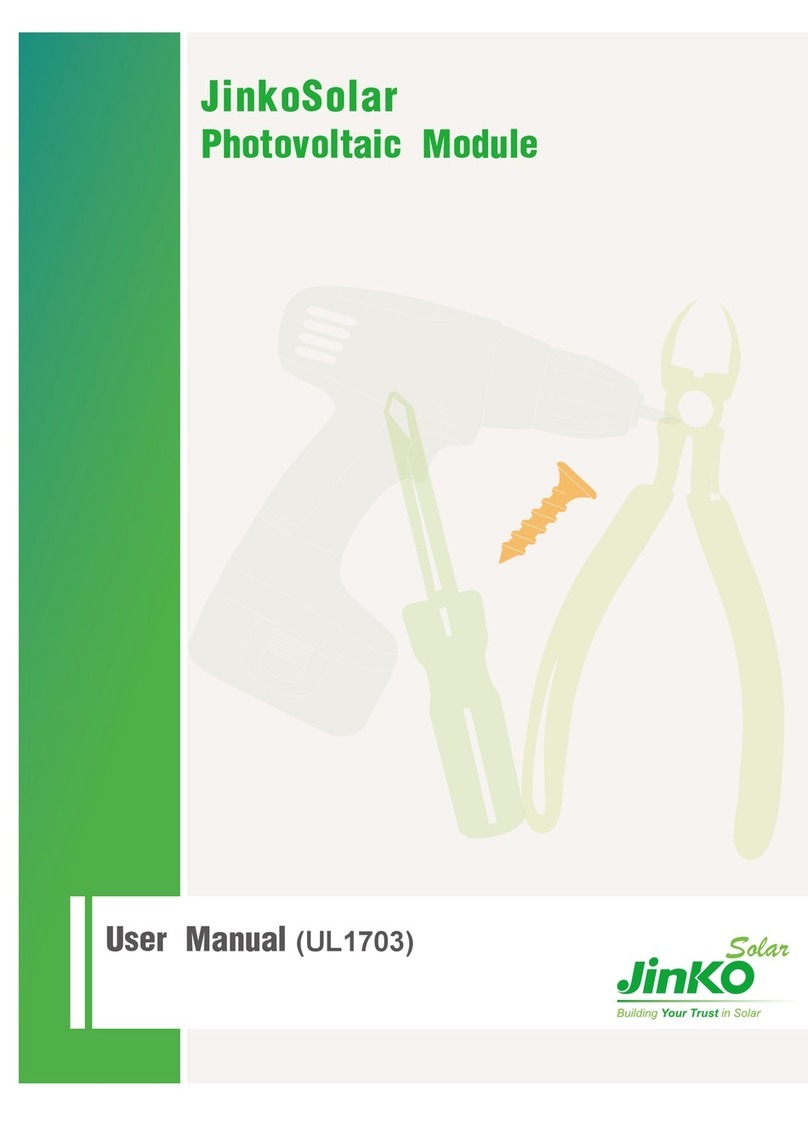
Jinko Solar
Jinko Solar JKM200P-60 User manual
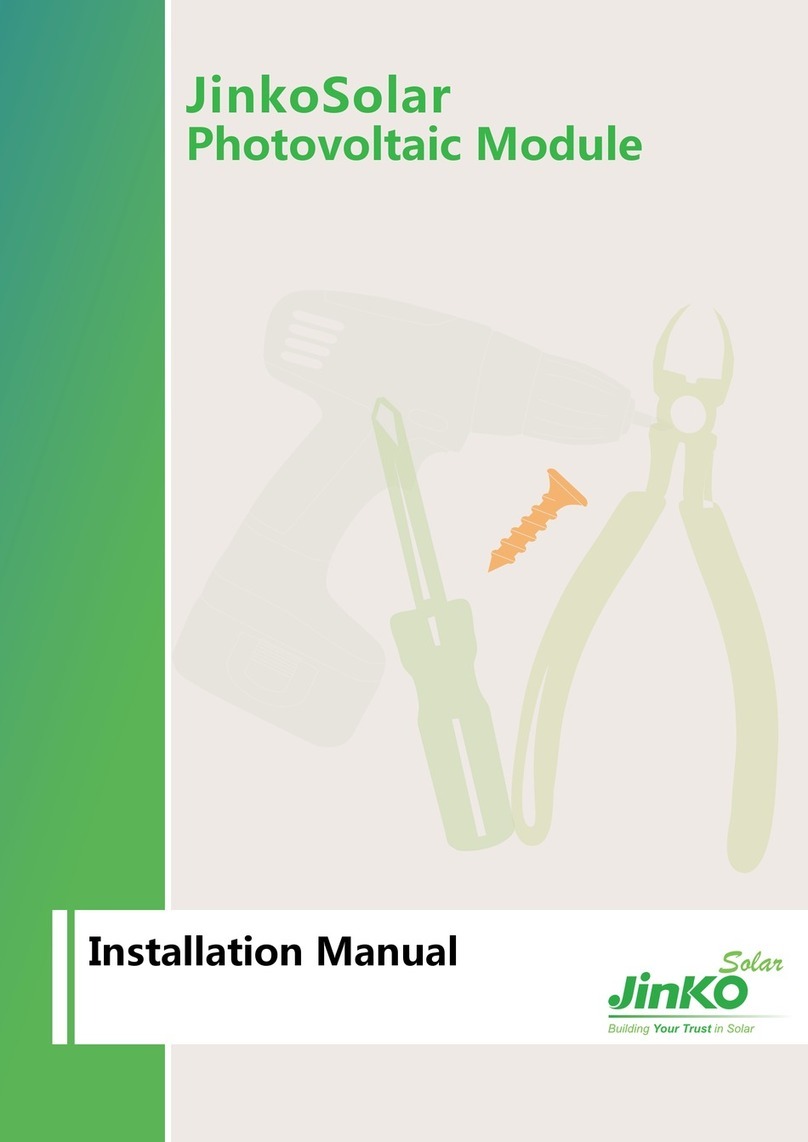
Jinko Solar
Jinko Solar JKM***PP-60 User manual
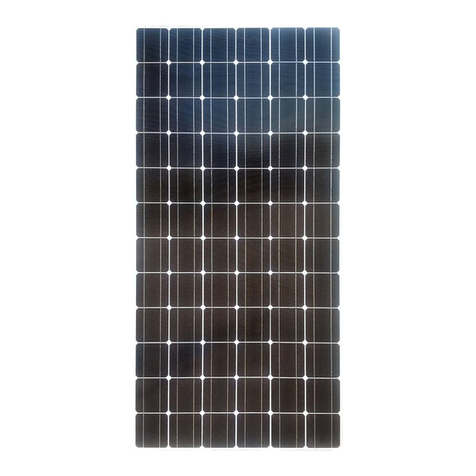
Jinko Solar
Jinko Solar JKM***M-72 User manual
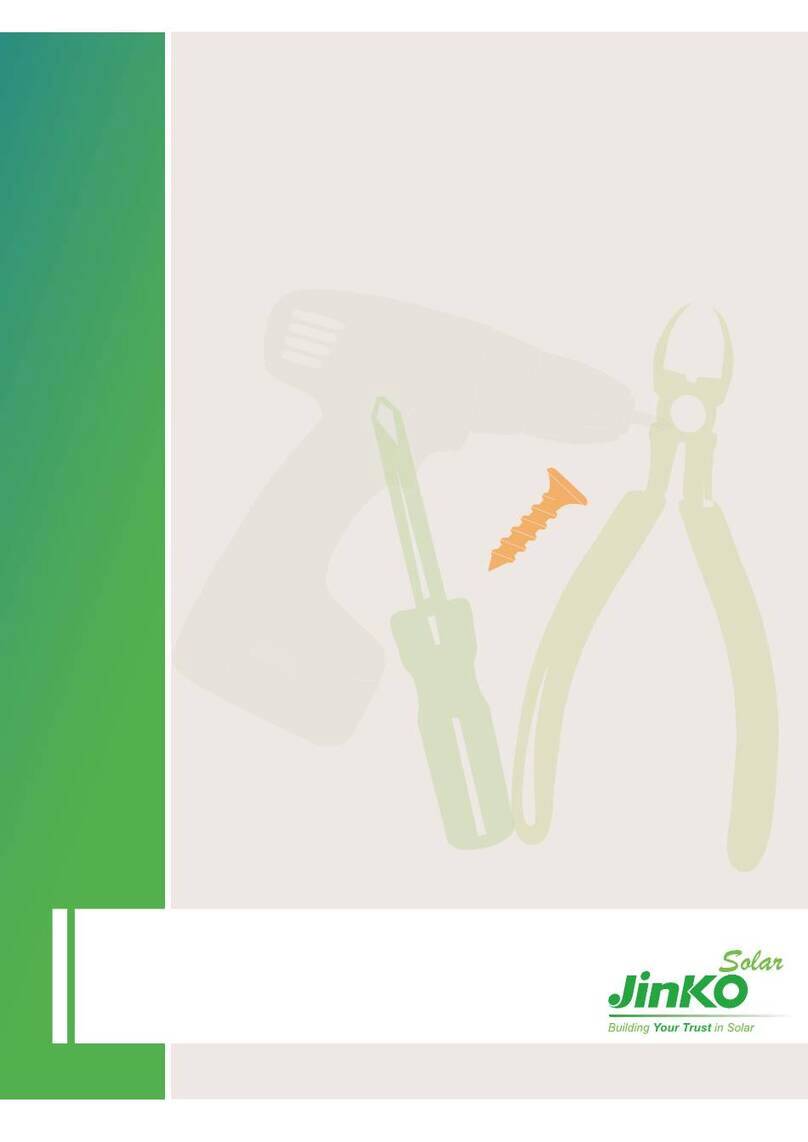
Jinko Solar
Jinko Solar JKM420N-54HL4-B (MC4) User manual

Jinko Solar
Jinko Solar JKM PP-60 Series User manual

Jinko Solar
Jinko Solar JKM***P-60 User manual
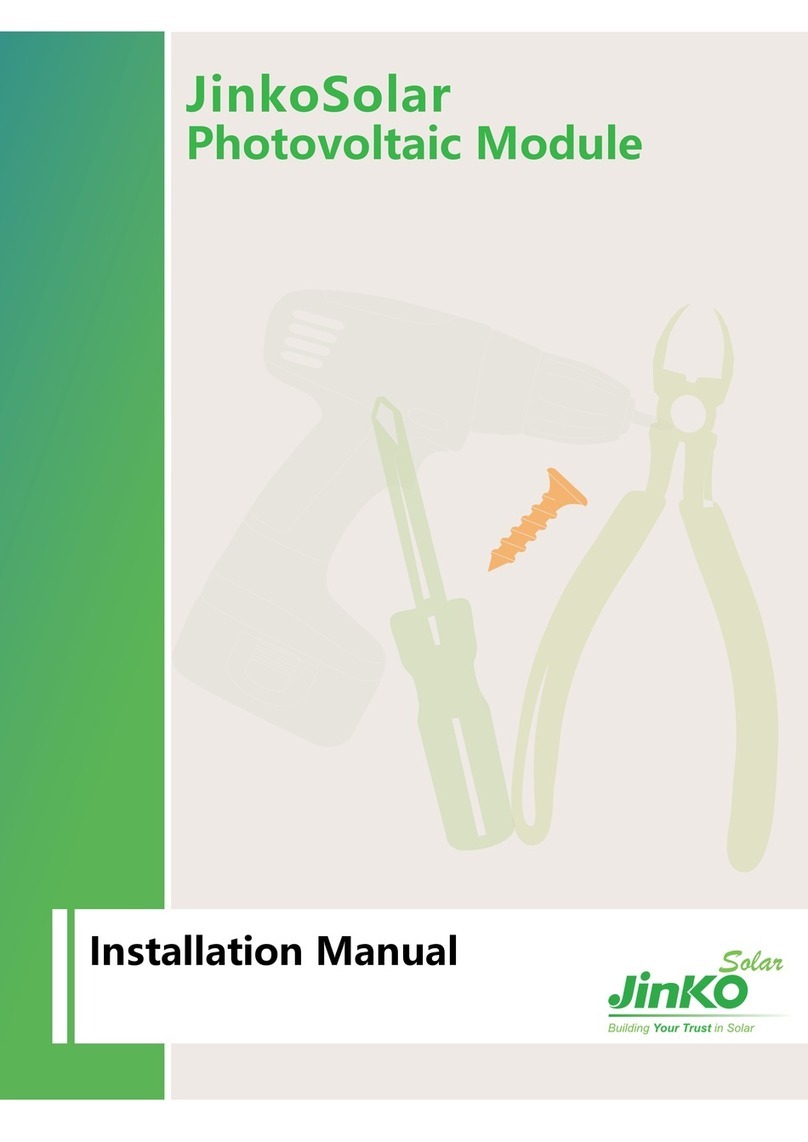
Jinko Solar
Jinko Solar JKM565N-72HL4-V User manual
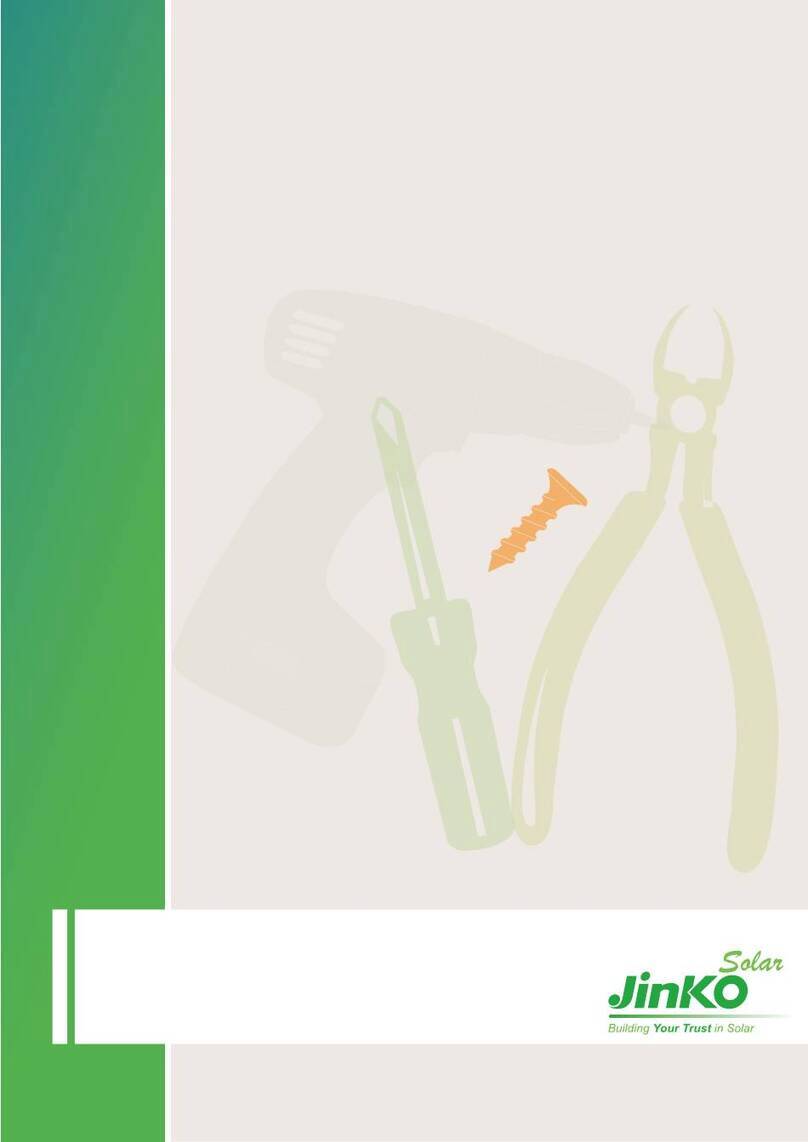
Jinko Solar
Jinko Solar MM365-60HLM-MBV (BFR) User manual
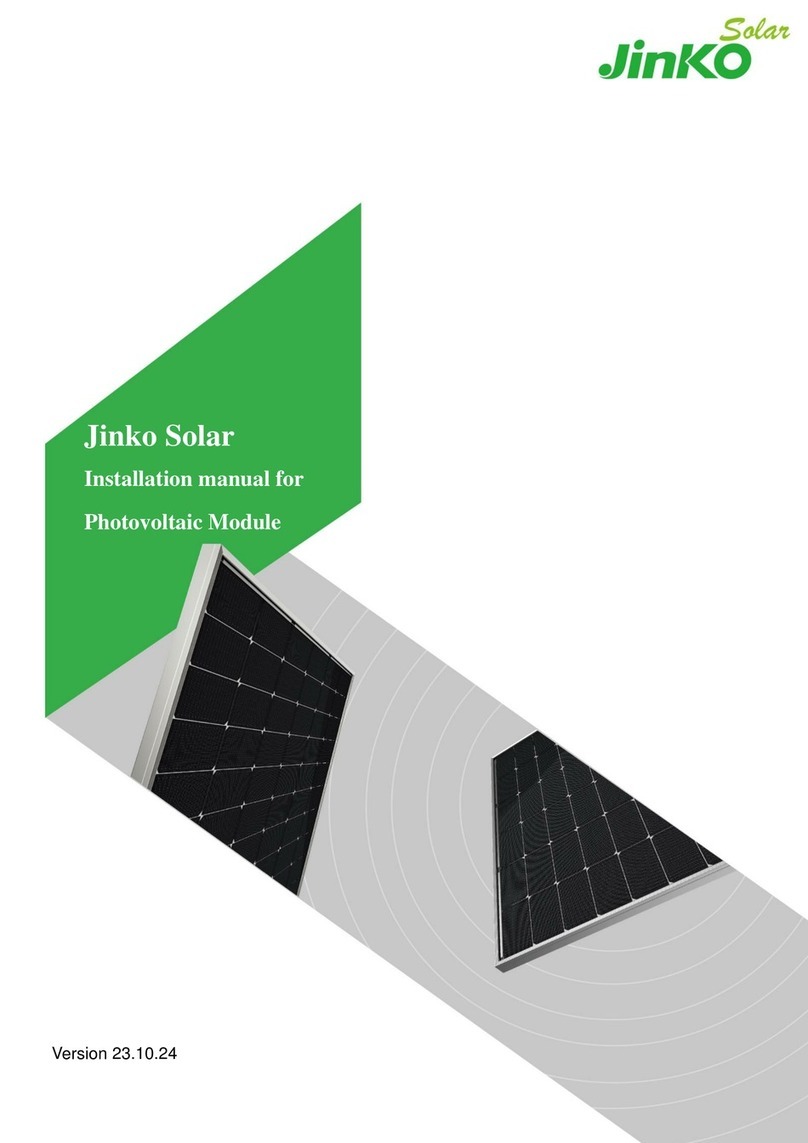
Jinko Solar
Jinko Solar Tiger Neo JKM N-54HL4-(V) Series User manual
Popular Solar Panel manuals by other brands
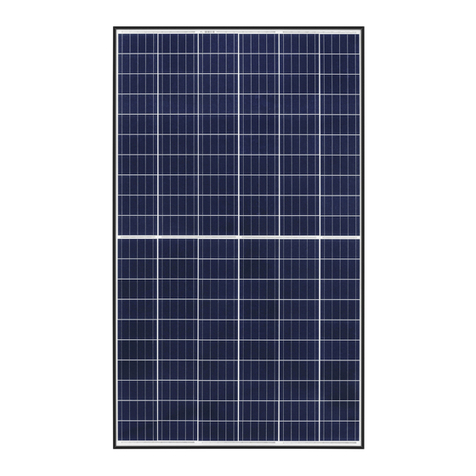
REC
REC TwinPeak 2S Mono 72 Series installation instructions

Flexsolar
Flexsolar C100 Instruction manual & warranty

Energizer
Energizer HardCase Sunpack 120W user guide
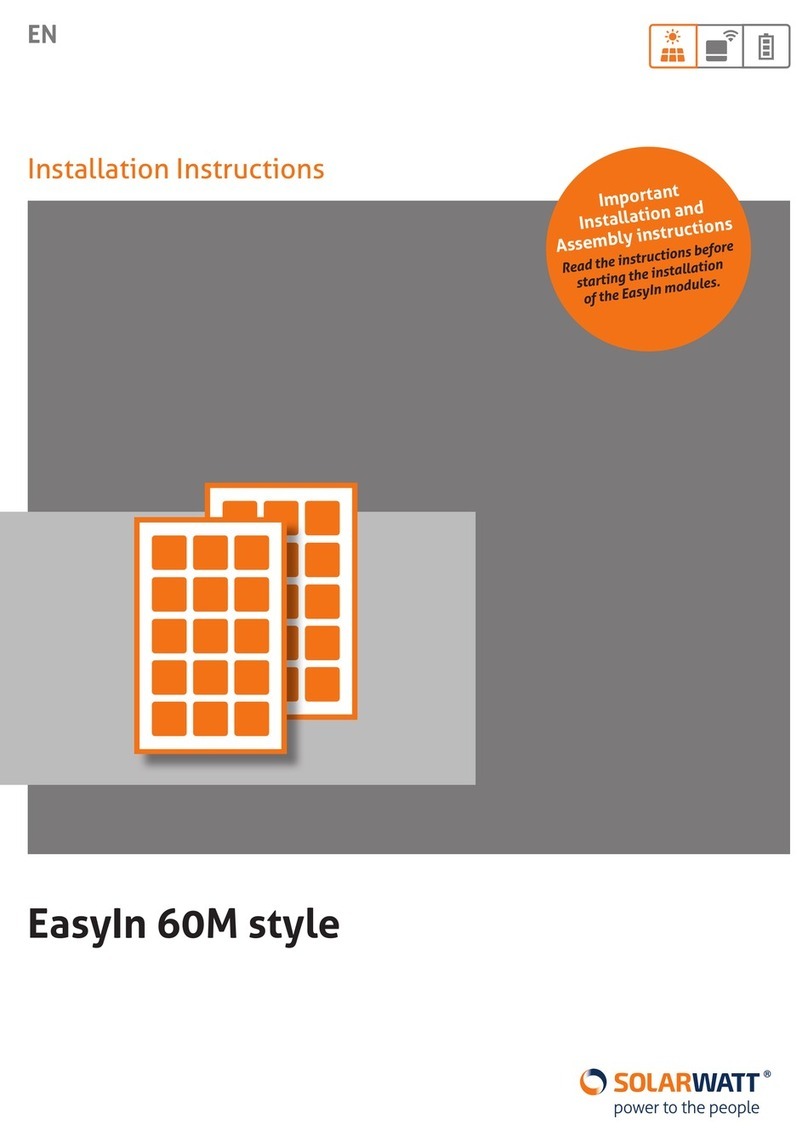
solarwatt
solarwatt EasyIn 60M Series installation instructions

Mission Solar Energy
Mission Solar Energy MONO Series Installation and user manual

Wiedenmann
Wiedenmann Favorit XP Translation of original operating instructions

